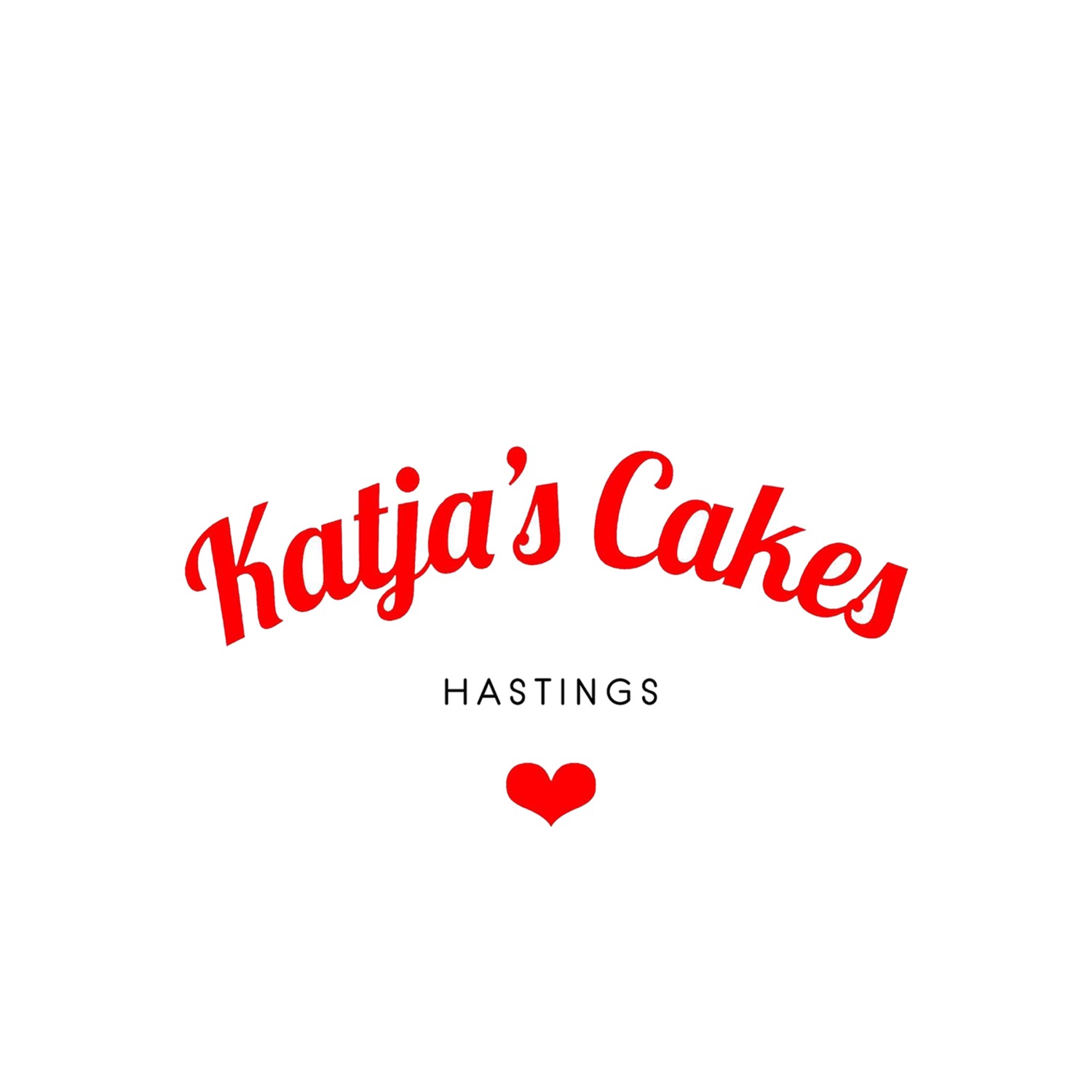Embracing the lessons: 20th January
- Katja Seaton
- Jan 20
- 3 min read
The past week in the studio has been one of those periods where nothing seems to go quite as planned. I had high hopes for some new glaze experiments, inspired partly by a suggestion from H, who thought a Celadon glaze might look beautiful. That led me to purchasing two additional glazes: a metallic gold and a peacock glaze. In my mind, these three would create a stunning trio.
I had already been experimenting with some spheres, cutting out sections or adding holes, imagining how they might work with light—perhaps from a candle or a bulb. But that idea was quickly set aside. While it might work with porcelain, the stoneware I’m using is too dense, and the light doesn’t penetrate effectively. So, these spheres became the perfect candidates for glaze testing instead.
All three were initially fired to 1060°C, but the results were far from what I’d envisioned.

The peacock glaze, for example, looked promising before firing but turned out to be a disappointment afterwards. The colour was too heavy, and its high-gloss finish overwhelmed the texture of the piece rather than complementing it. On top of that, the glaze coverage was uneven, so I’ve decided to re-glaze and refire to see if I can improve it.



The Celadon glaze was another story. It also looked lovely before firing, but once out of the kiln, it had almost disappeared. I later realised it needed to go up to 1260°C, so I refired it at the correct temperature. Even then, it didn’t work for me. While Celadon glazes are undeniably beautiful, this one fought with the texture of my piece rather than enhancing it. The colour felt off, and the high shine was more of a distraction than a benefit.
Finally, the metallic gold glaze was the most successful of the three, though still not what I’d hoped for. Instead of a glorious gold, it emerged looking brown. The texture did shine through better, as this glaze wasn’t quite as glossy as the others, but it still fell short of my expectations.


That said, every experiment teaches something. These tests have helped me make decisions about the look of the pieces and what I want them to achieve.
In the meantime, I’ve been revisiting the sphere that collapsed earlier. The fluctuating temperatures in the studio haven’t helped. It’s been freezing cold, then overly warm when the kiln is running, and the clay hasn’t reacted well to those extremes. I suspect the first issue was applying too much decoration too quickly, so this time I’m slowing down and keeping the piece covered to avoid freezing. Even with these precautions, there have still been cracks and breakages, which I’ve had to repair before continuing with the decoration.
Although these setbacks have been challenging, I’ve enjoyed the process of repairing and reworking this sphere. It’s contemplative, giving me something to focus on without the pressure to create something completely new. January has been a tough month for momentum. I’ve put a lot of pressure on myself to make things happen, so when something goes wrong, it feels like a bigger blow than it should. But I’m reminding myself that these challenges are part of the process, and even when things don’t work out, they’re stepping stones towards the next idea.
Here’s to embracing the lessons and moving forward—one sphere at a time.


Comments